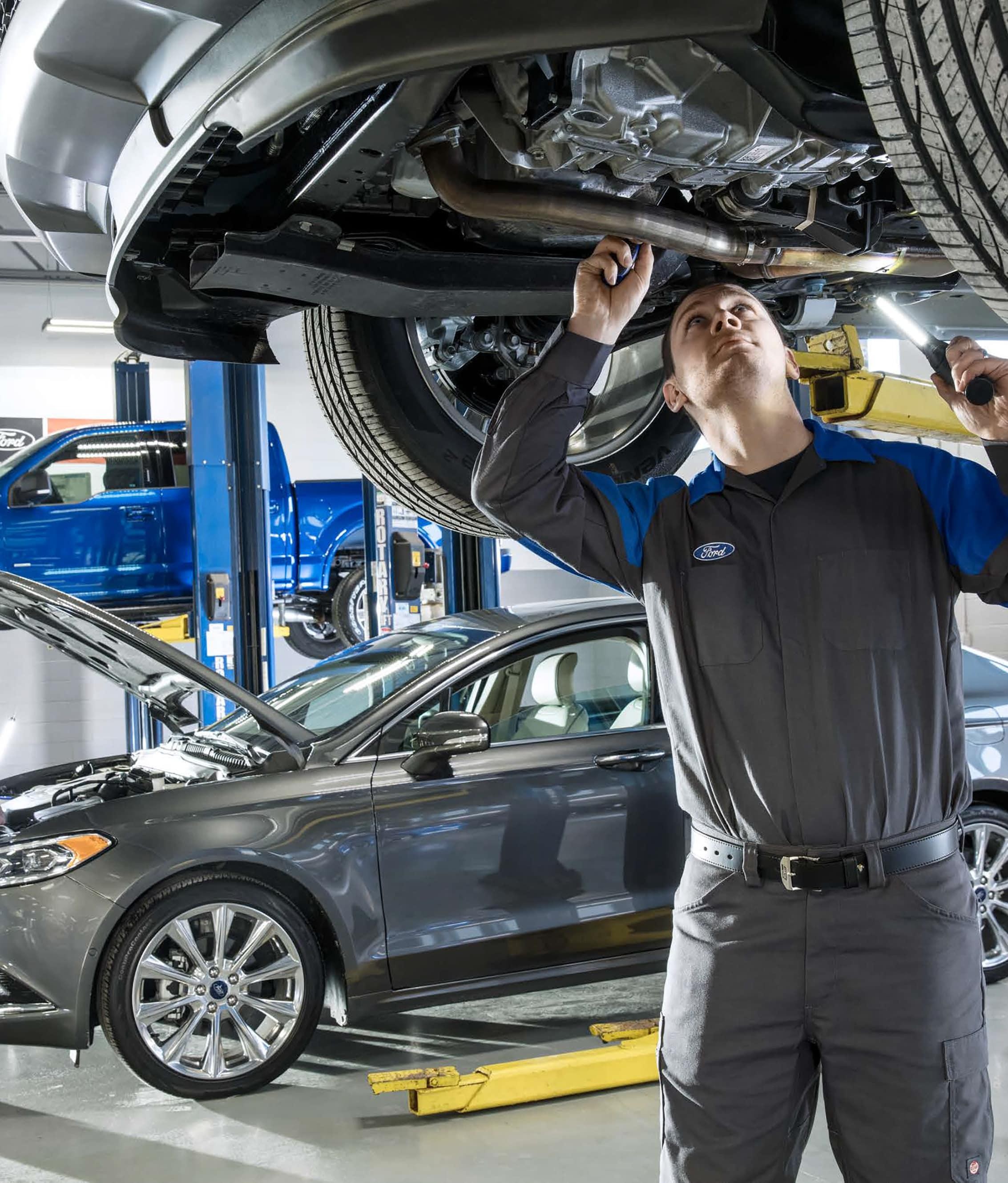When it comes to getting behind the wheel of a new Ford, one of the first questions you must consider is whether to invest in leasing or buying. Both options serve different needs, and your decision is influenced by your driving habits, affordability, and commitment level. In this article, we'll compare the key differences between leasing and buying, so you can decide confidently.
Leasing a Ford: The Benefits
Leasing a Ford car can be a great solution if you prefer always driving the latest model or if you want lower monthly payments. Here are some of the top benefits of leasing:
- Lower Monthly Payments: Lease payments are generally lighter on your budget than loan payments, making it easier to drive a higher-end model.
- New Car Every Few Years: Leasing offers access to a new car every model update period without worrying about resale value concerns.
- Minimal Maintenance Costs: Since most leases last for a shorter term, the car will likely still be under warranty, reducing unexpected repair expenses.
- Flexible End of Lease Options: At the end of your lease, you can continue ownership, switch to another vehicle, or hand back the keys and move on.
Buying a Ford: The Benefits
Buying a Ford truck might be a better investment if you’re looking for full control and the freedom to tailor it to your style. Let’s take a look at the advantages of buying a Ford:
- Ownership: When you buy a Ford, it’s your asset. You can drive it for as long as you want, which makes buying a great choice for those who don’t want to switch often.
- No Mileage Limits: When you buy, you avoid extra mileage fees, which is a benefit if you tend to take road trips. Going over mileage in a lease can be expensive, but buying eliminates that concern.
- Unlimited Customization: You have the freedom to upgrade it however you like, whether it’s modifying the interior.
- Build Equity: When you buy, you work towards full ownership. Once the loan is paid off, it’s fully paid off, which gives you the option to trade, sell, or keep it.
Key Differences Between Leasing and Buying
While both leasing and buying offer distinct advantages, there are a few critical differences to keep in mind:
- Upfront Costs: When leasing, the initial payment is usually lower, with fewer costs due at signing. However, when buying, your down payment may be higher, especially if you’re financing the vehicle.
- Long-Term Commitment: Buying requires a long-term financial commitment, whereas leasing typically spans a shorter term, allowing for more flexibility in vehicle choice.
- End of Term: With leasing, you’ll need to return the vehicle at the end of the lease term, but when you buy, the car is yours to keep, sell, or trade in at any time.


